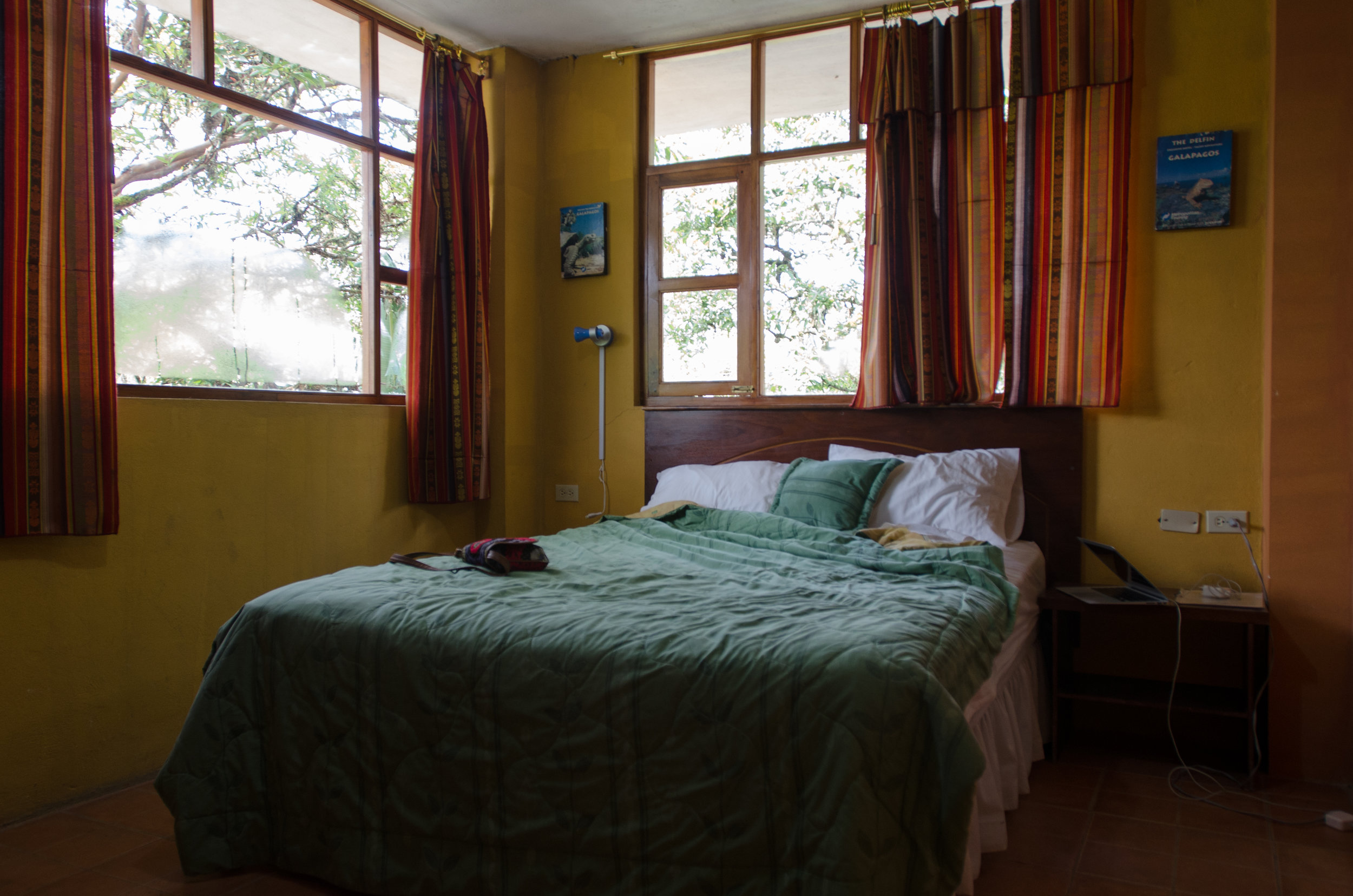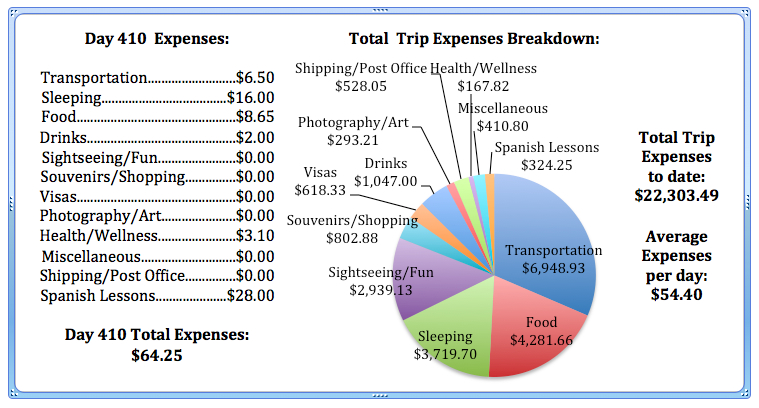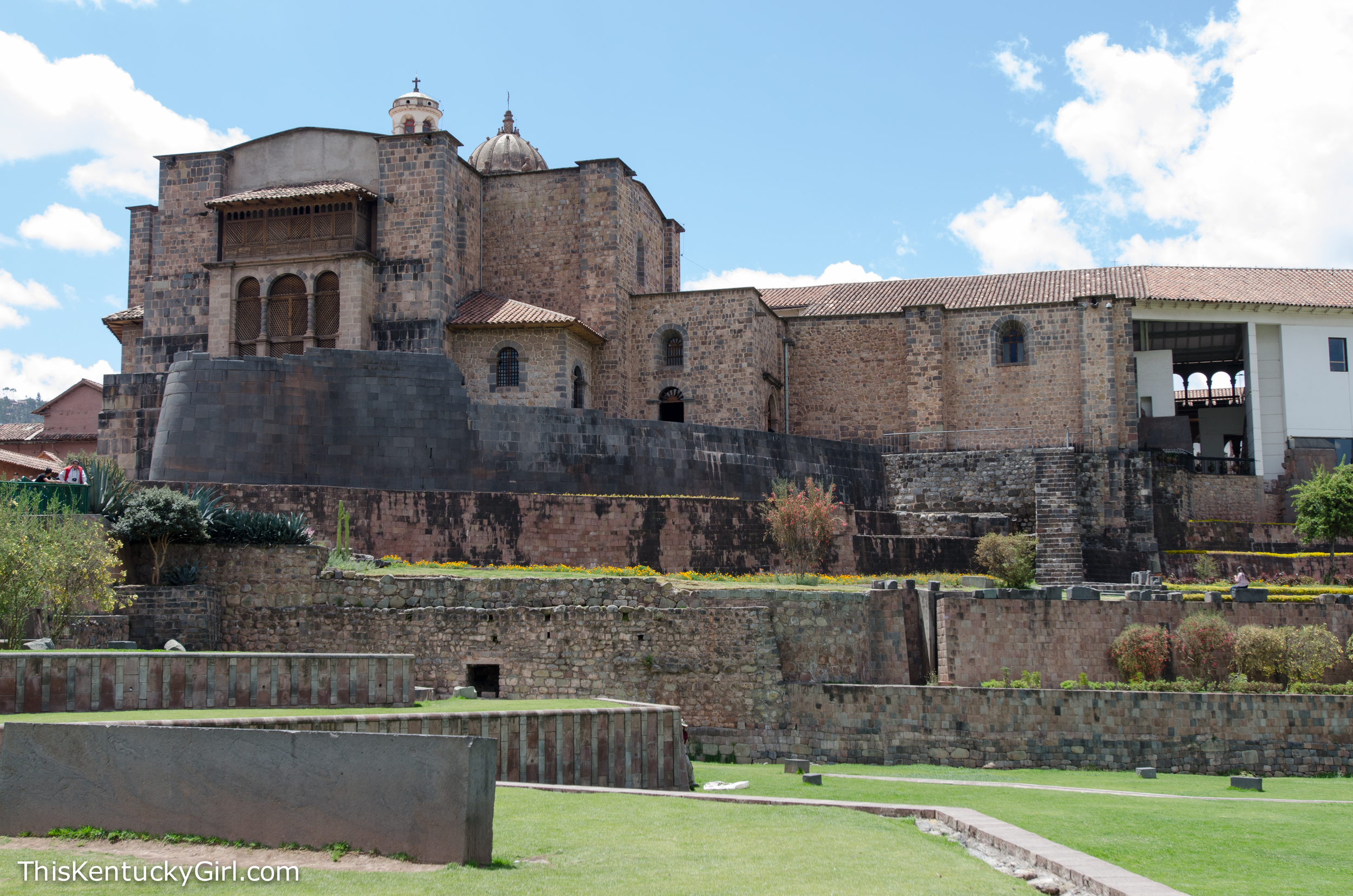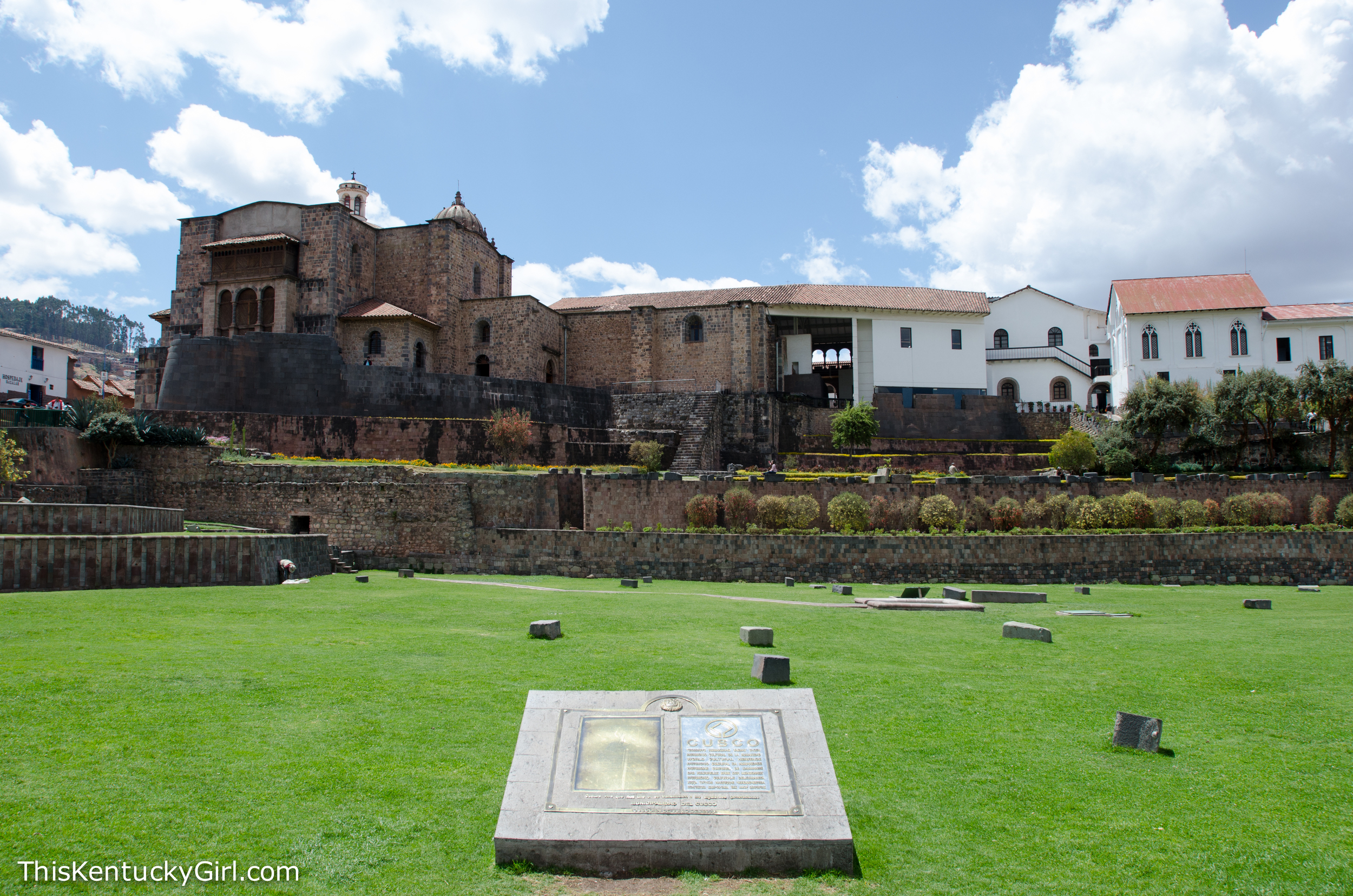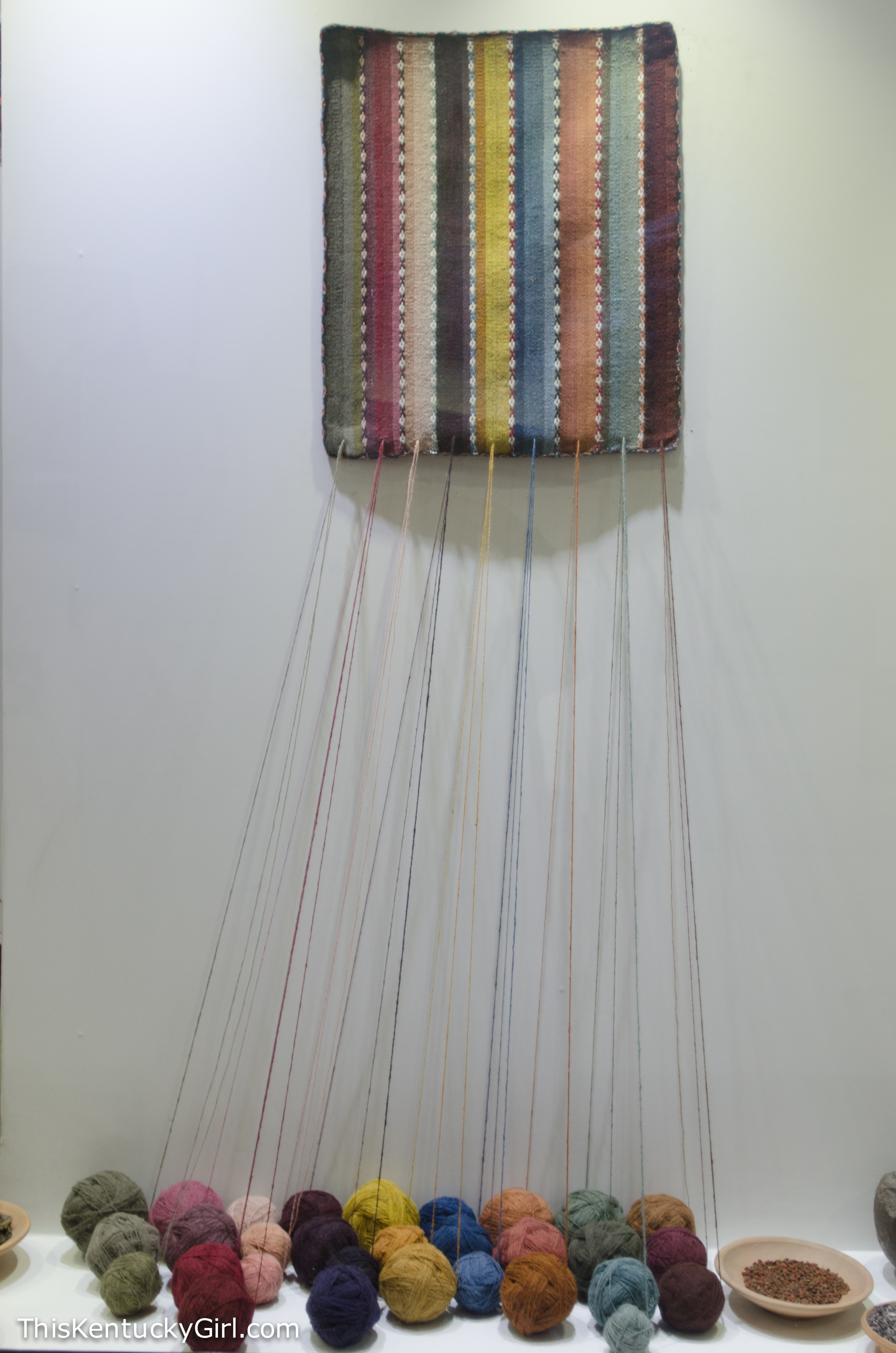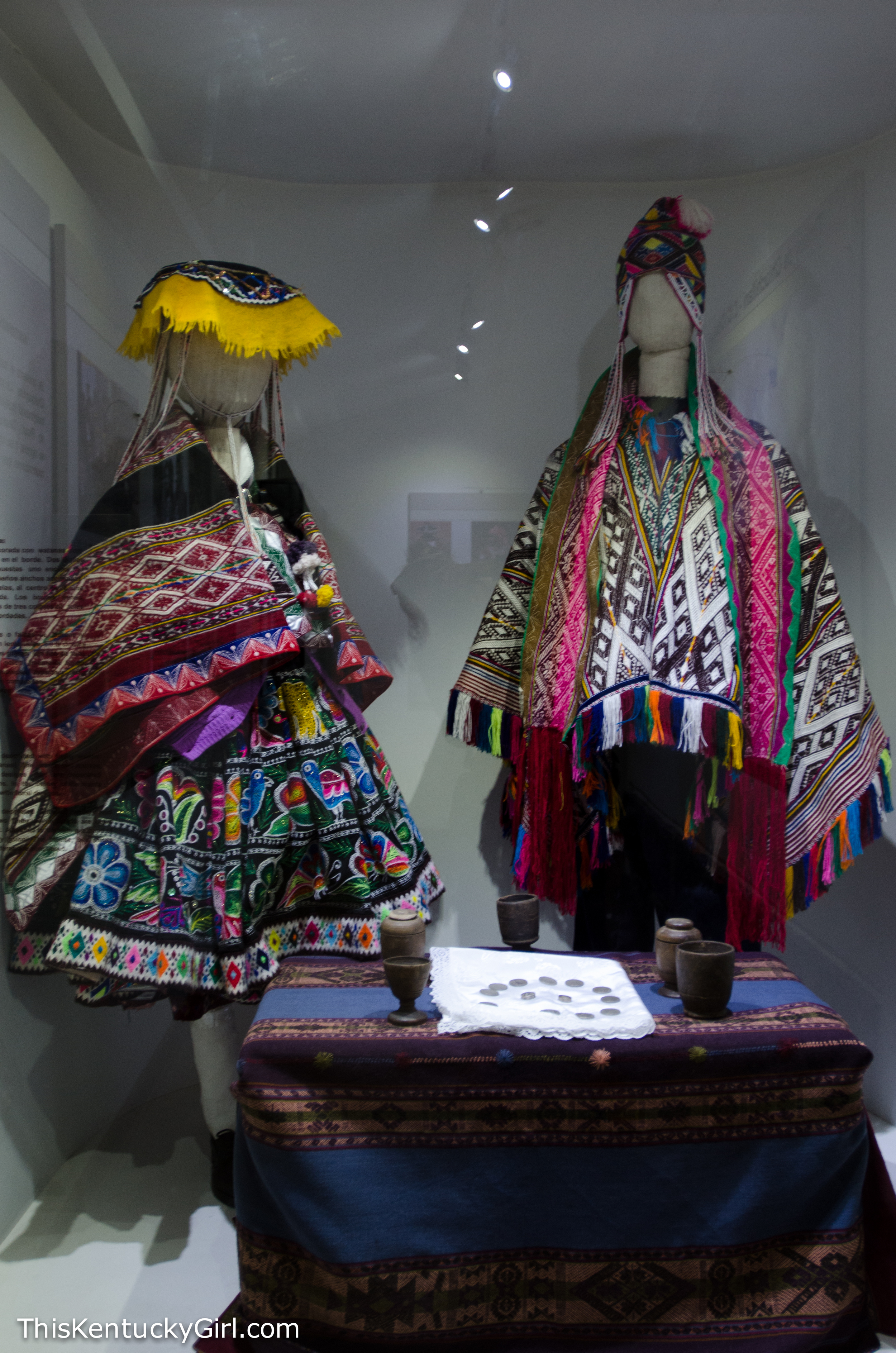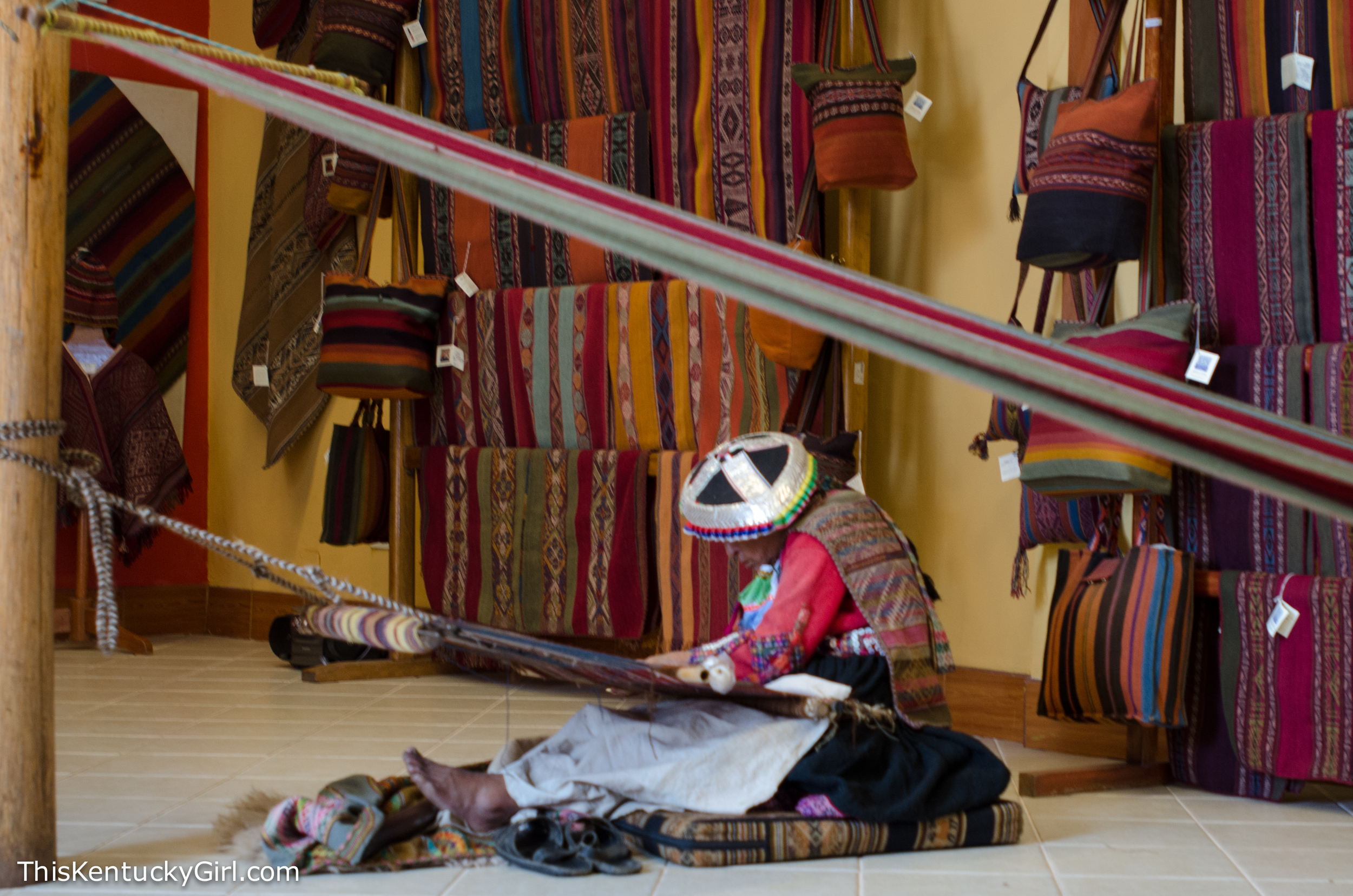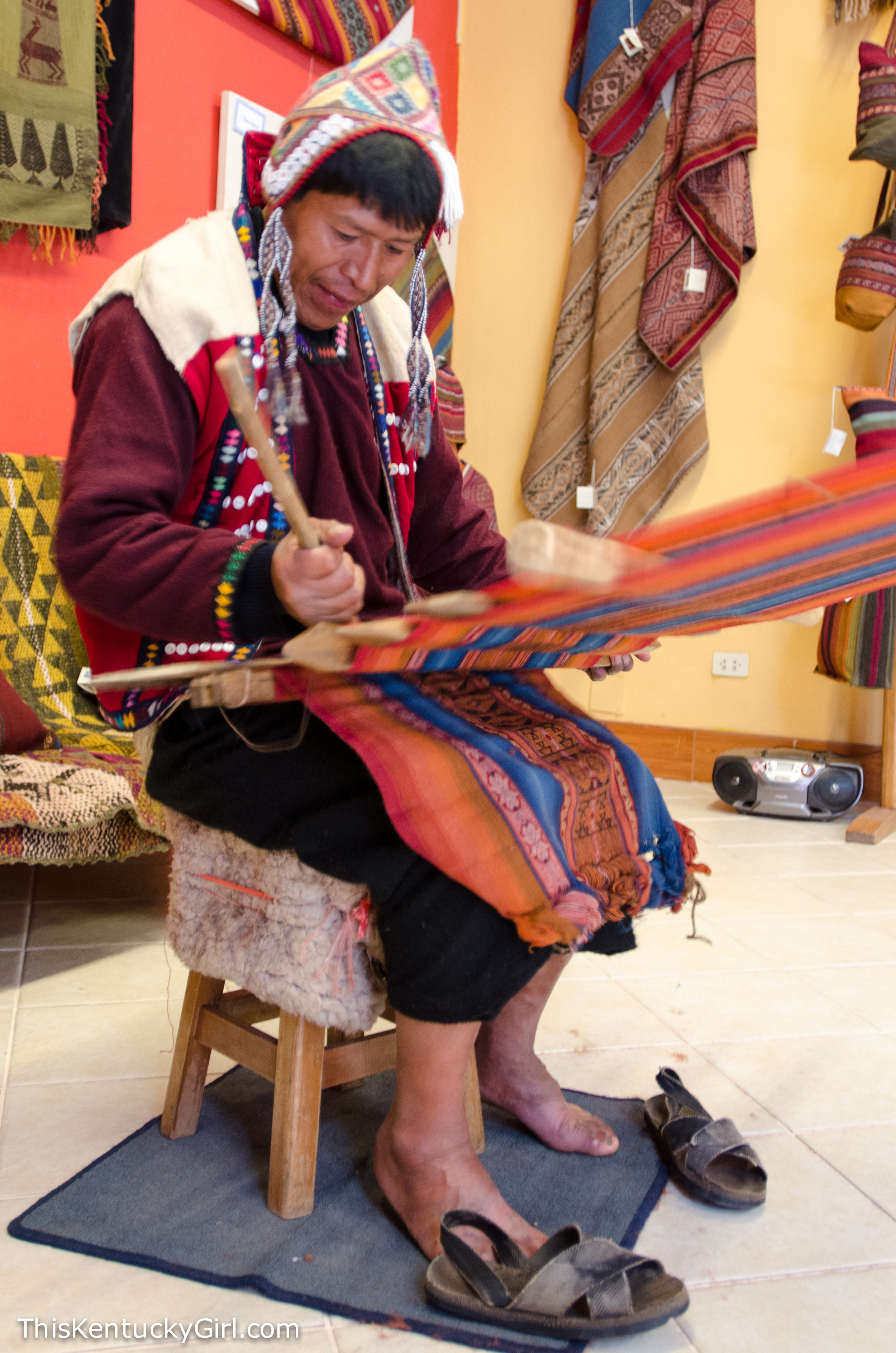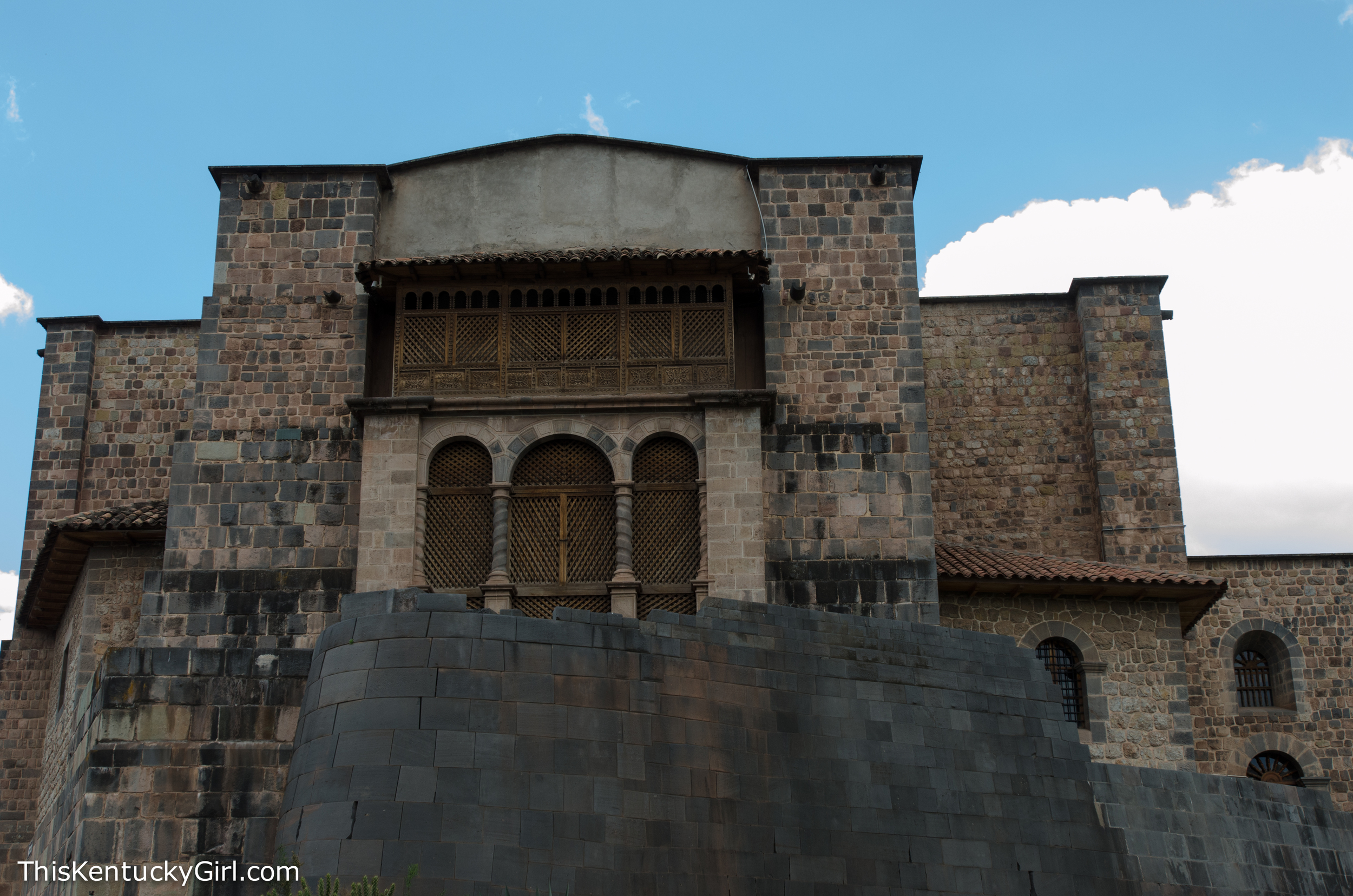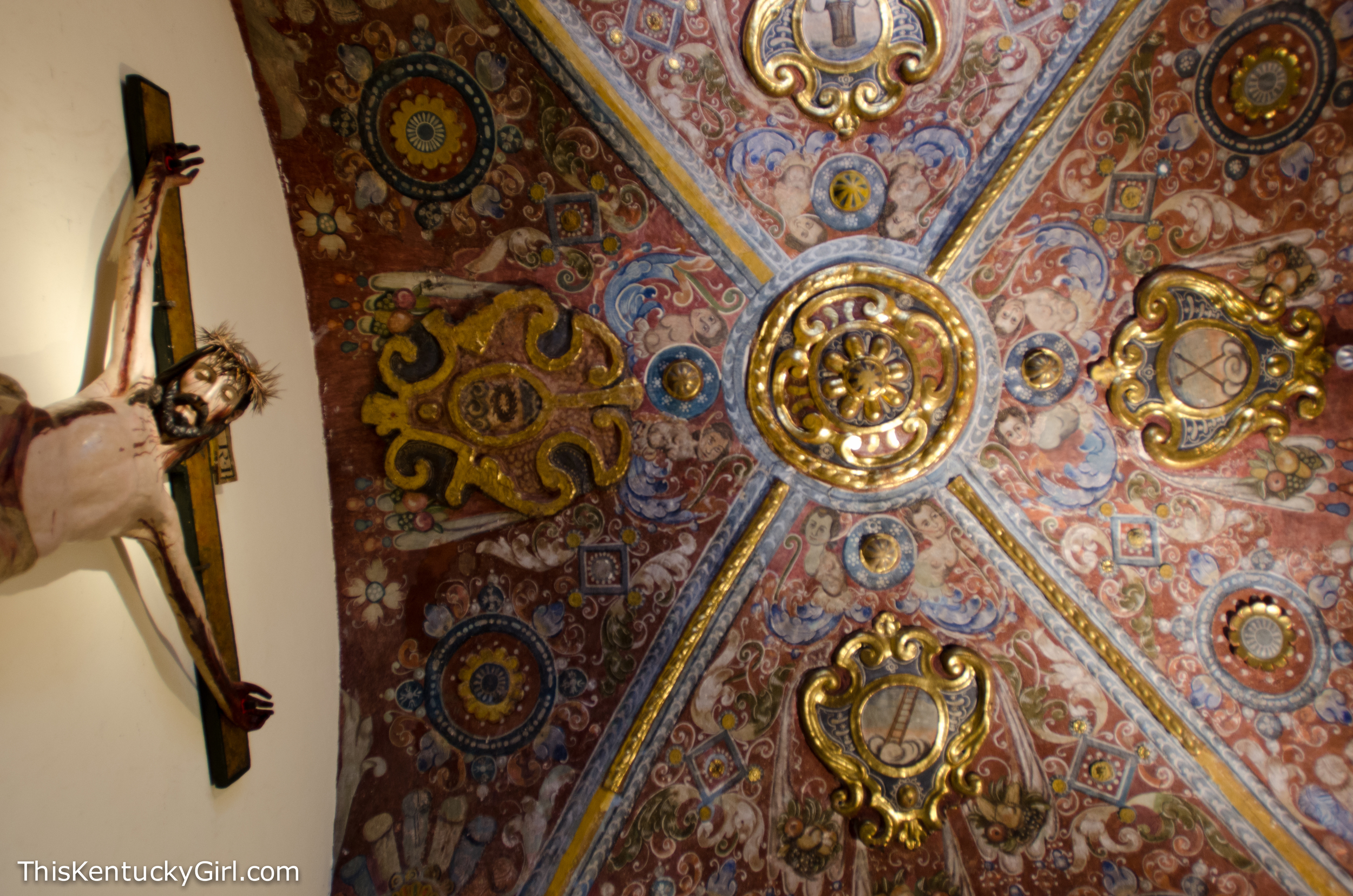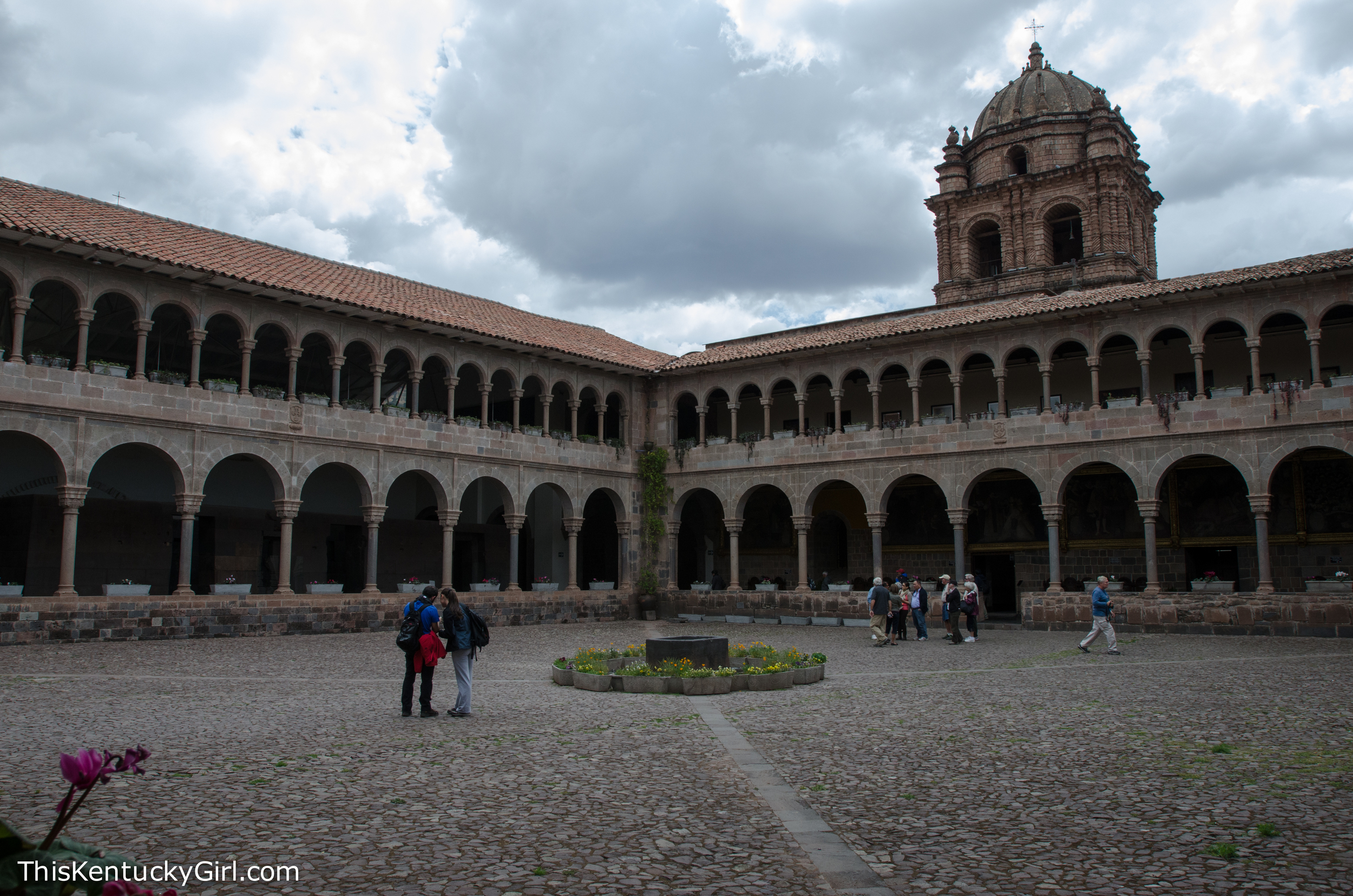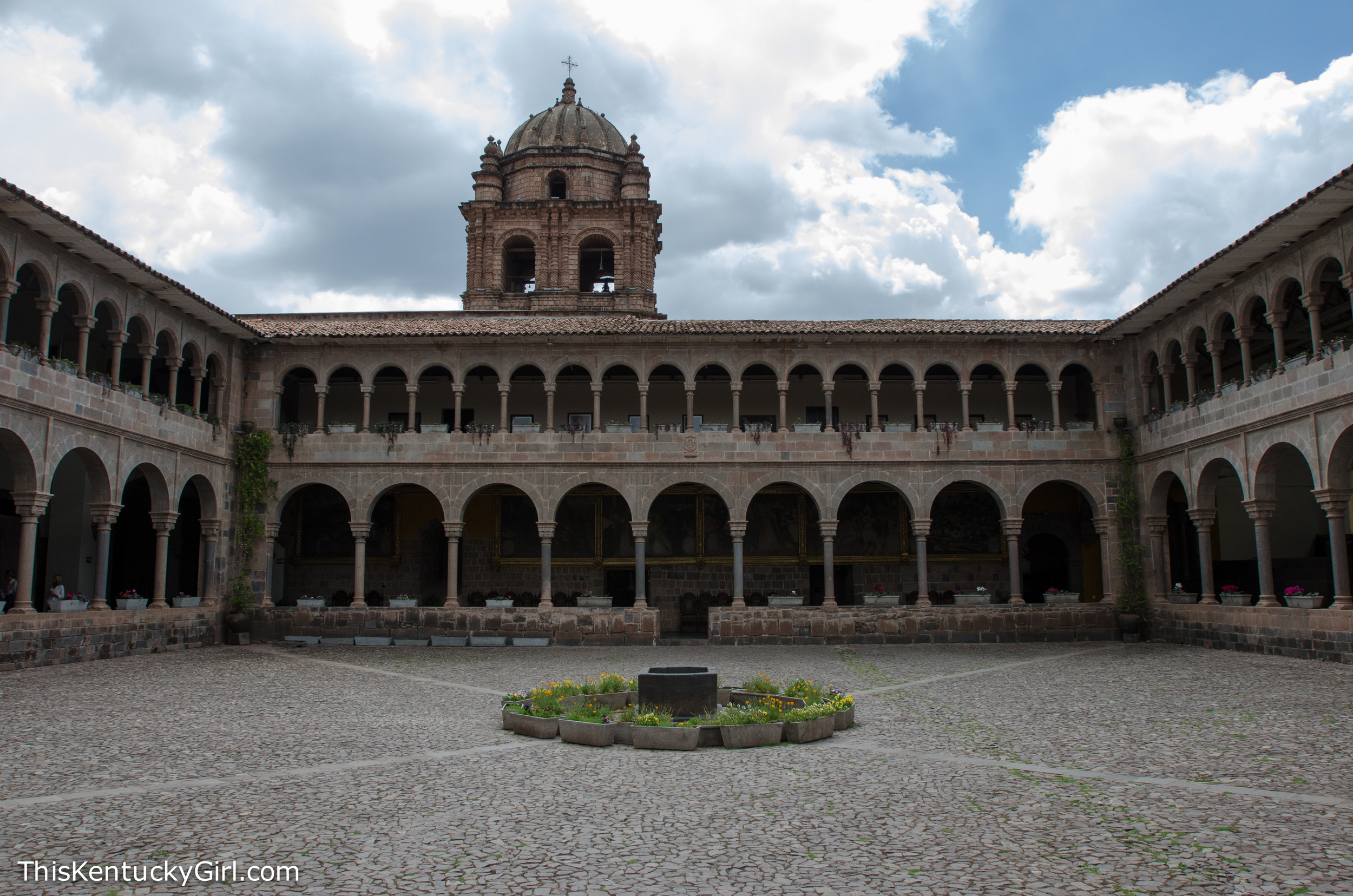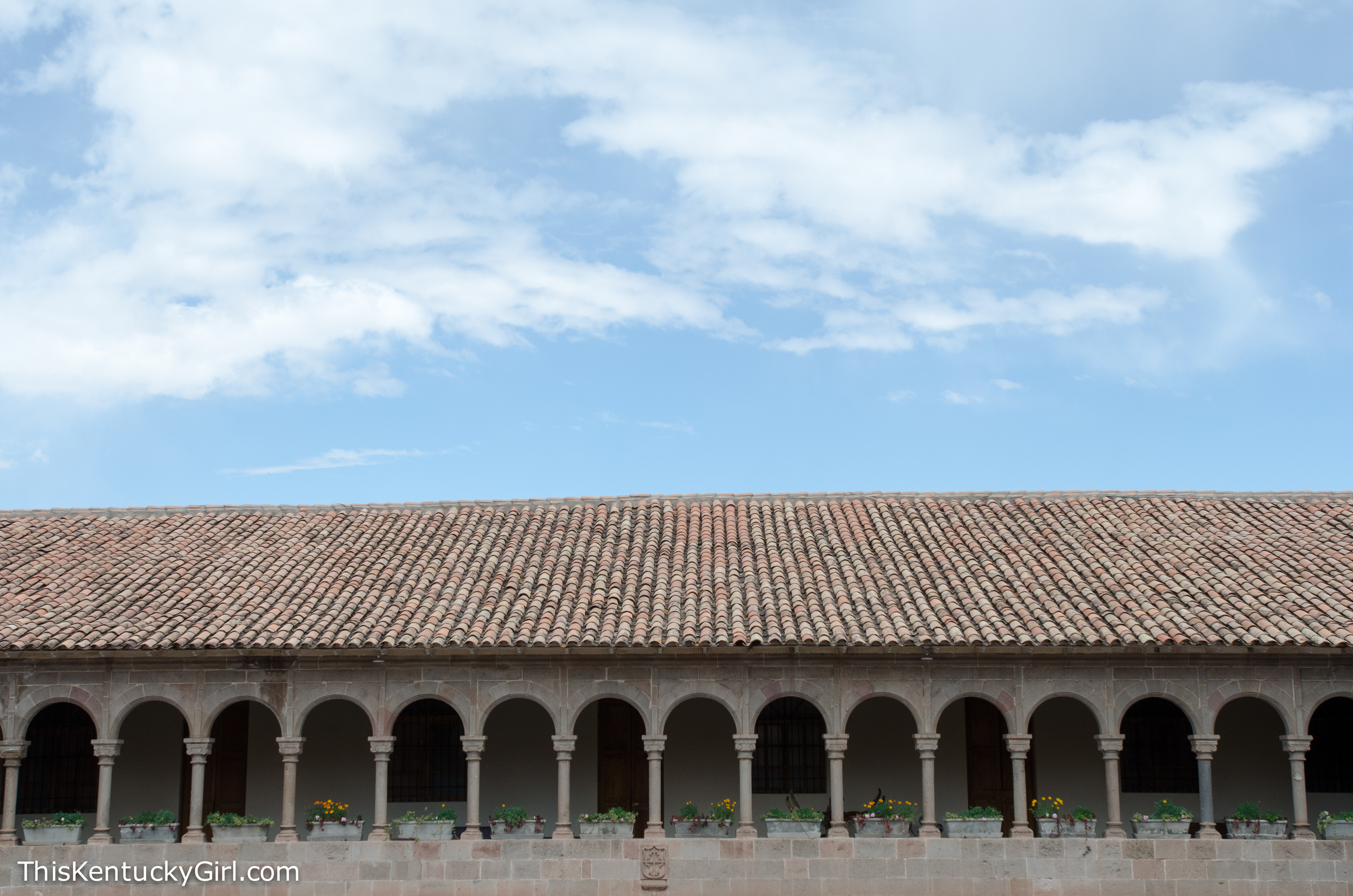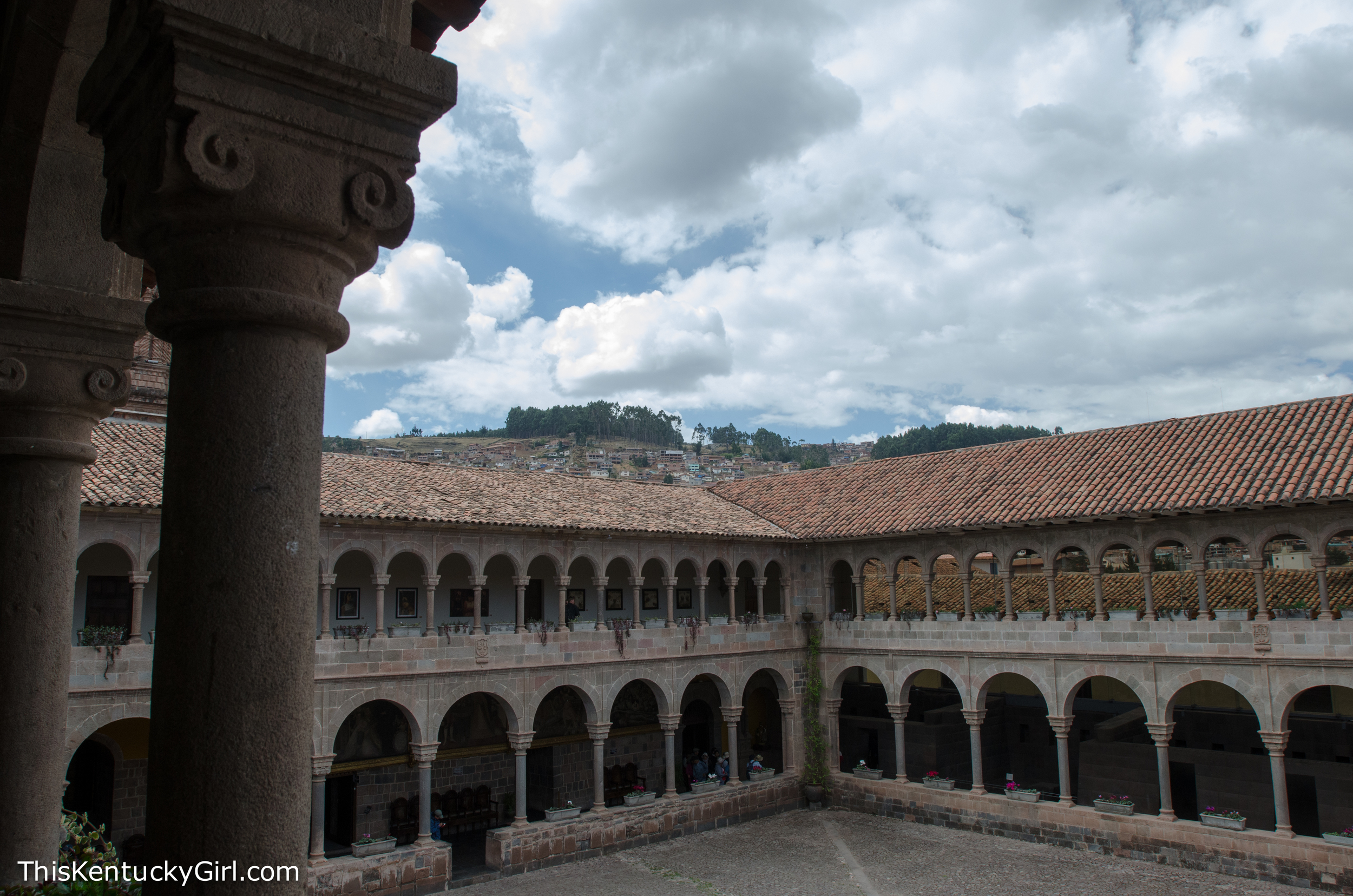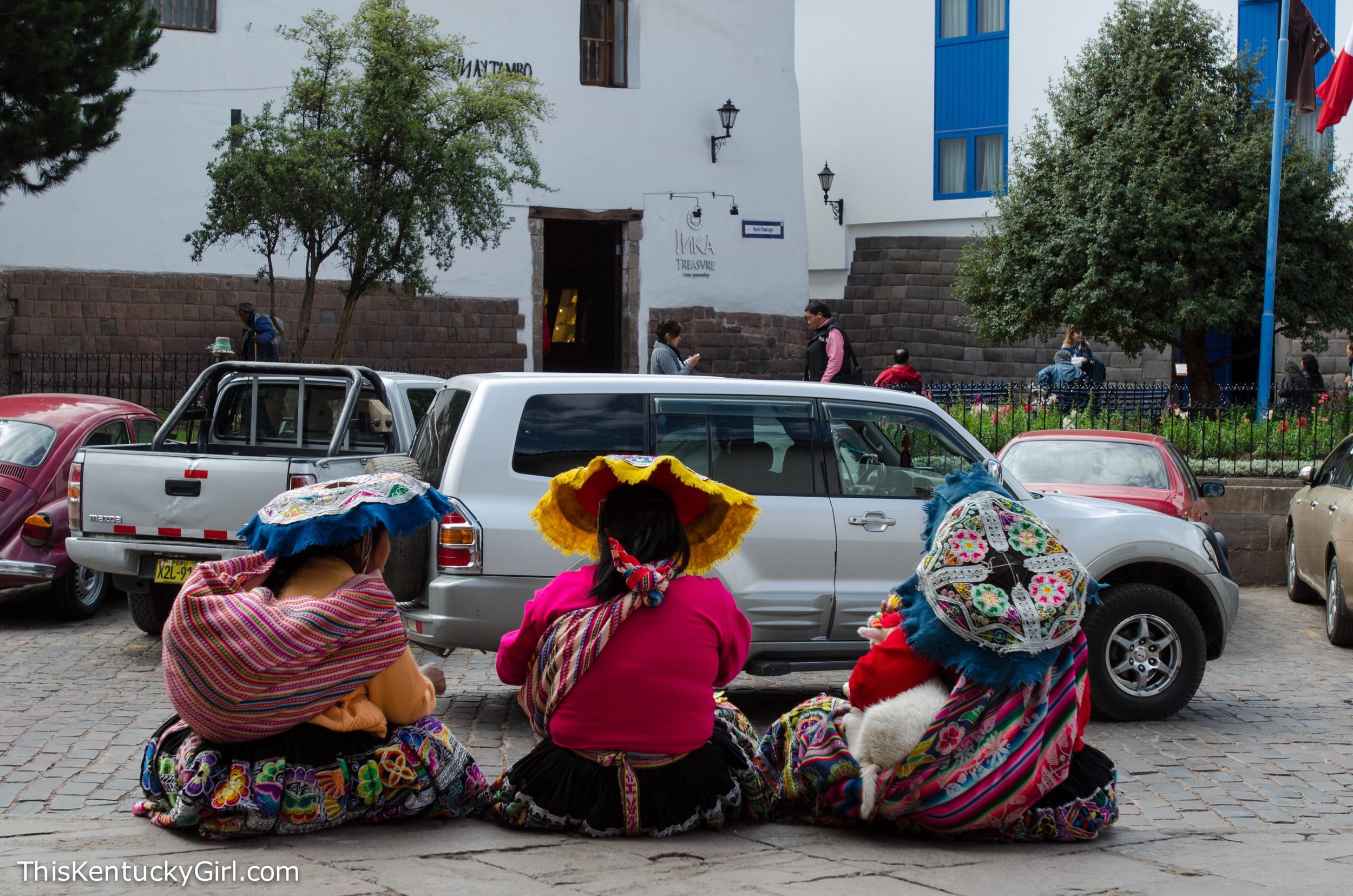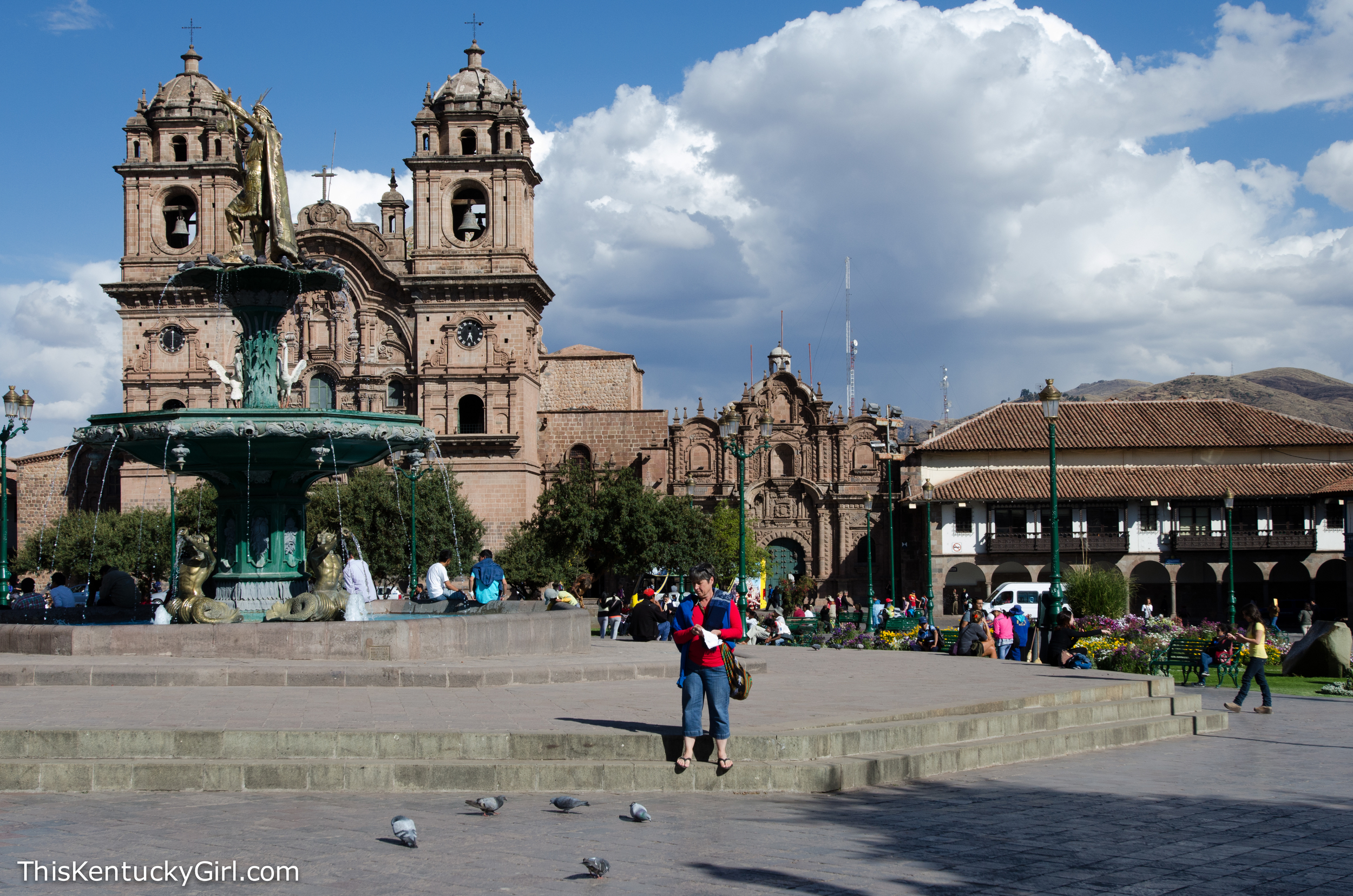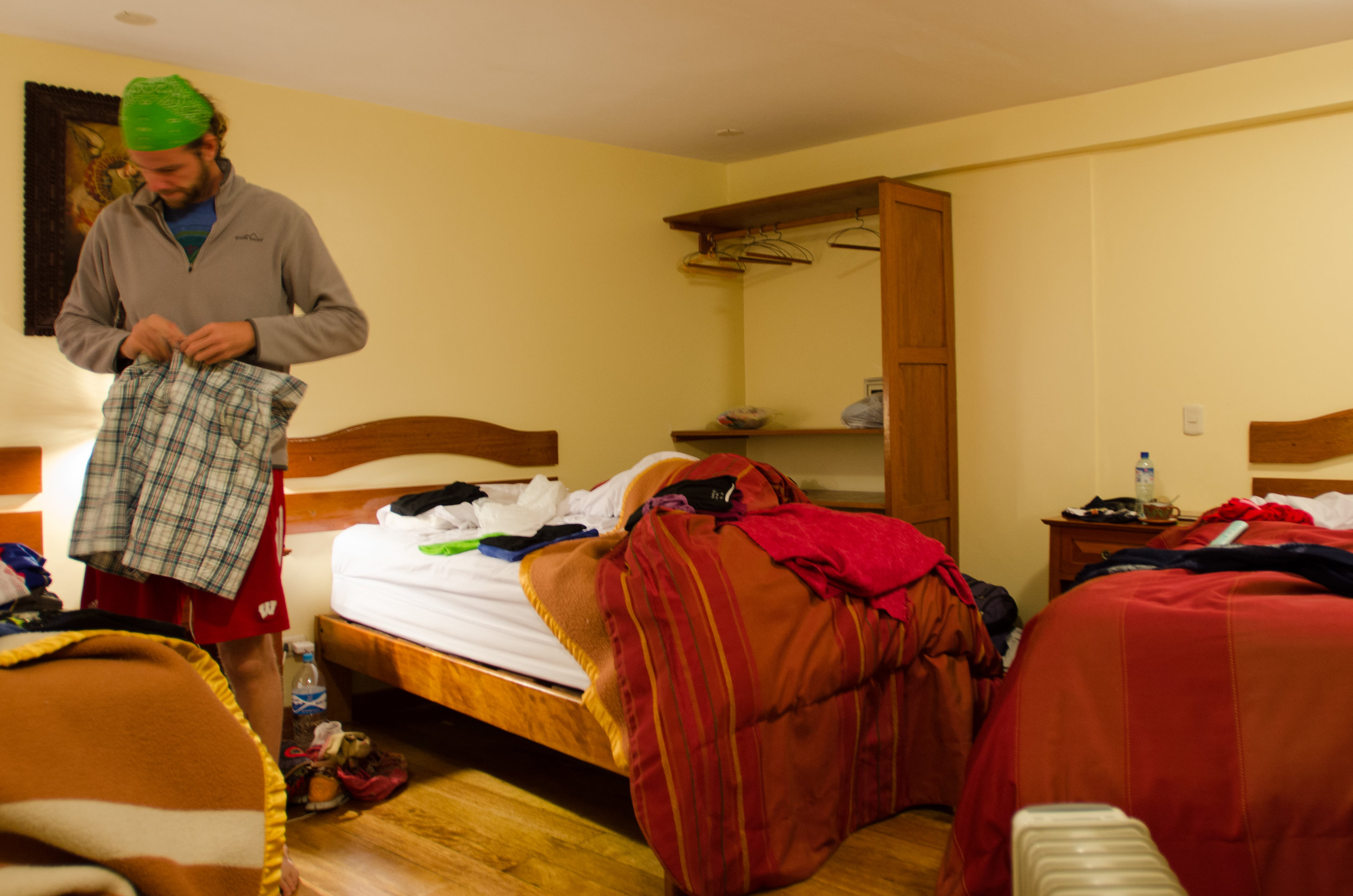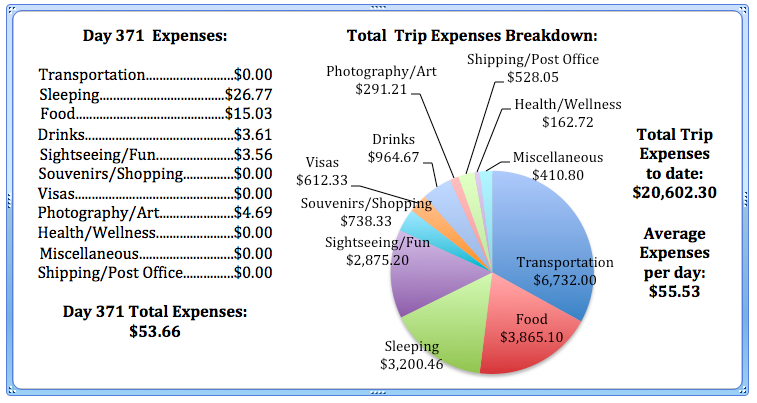We weren’t sure we were going to be able to make it to Mindo between all of our Spanish lessons, but we decided getting out of Quito for the weekend was a good idea. I’ve realized throughout this trip (time and again) that I prefer living in bigger cities, and visiting smaller ones. Mindo is certainly much smaller than Quito, and just the idea of getting out into a smaller town made me so happy. We rolled into town late in the afternoon on Friday, and inadvertently explored the majority of the (teensy) town while looking for our guesthouse. Our priority was dinner, and then sleep before taking advantage of all of the activities Mindo has to offer the next day. Like El Quetzal, where we went on a tour of the chocolate factory. Who can refuse Ecuadorian chocolate? Not. me.
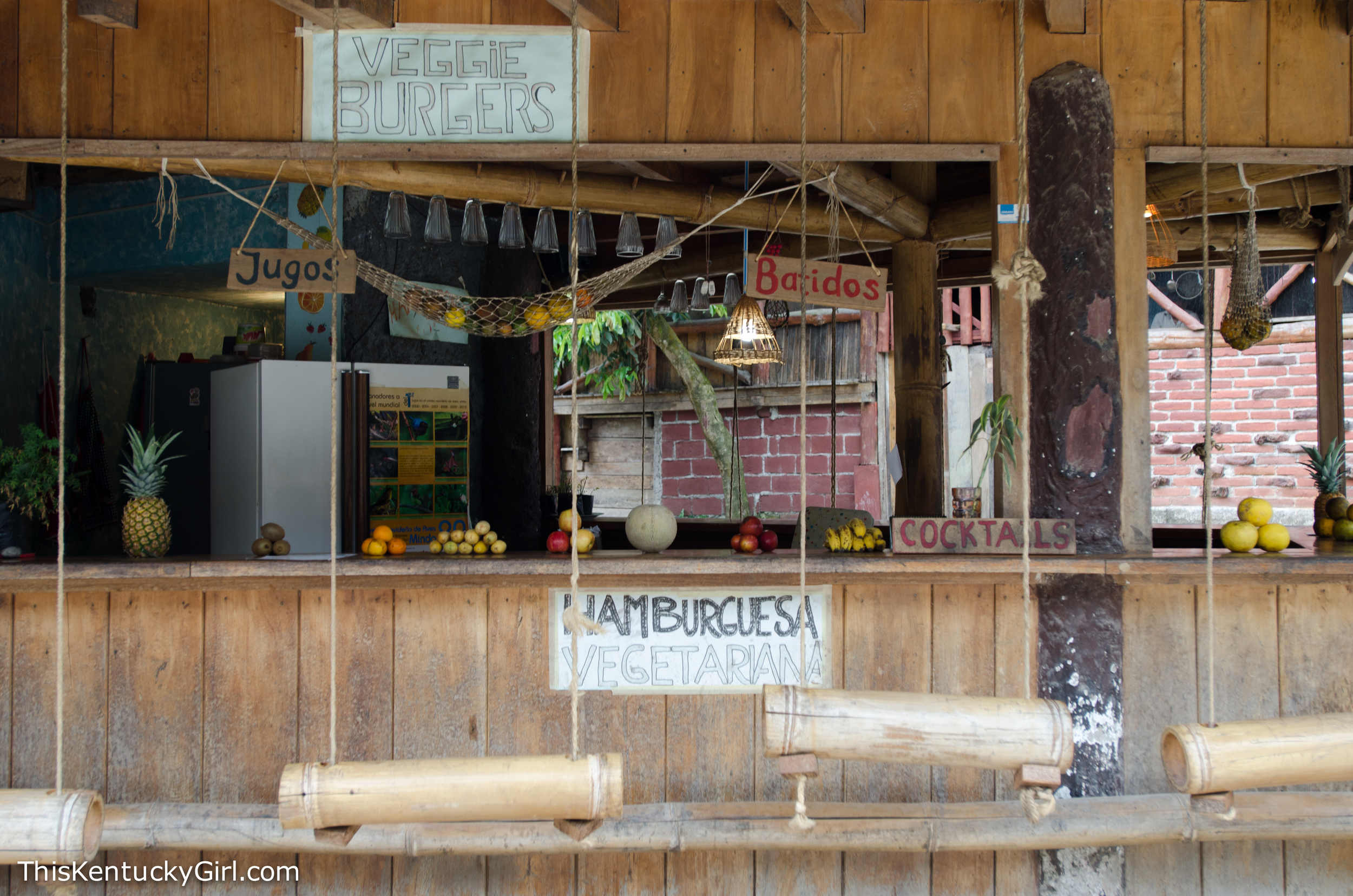
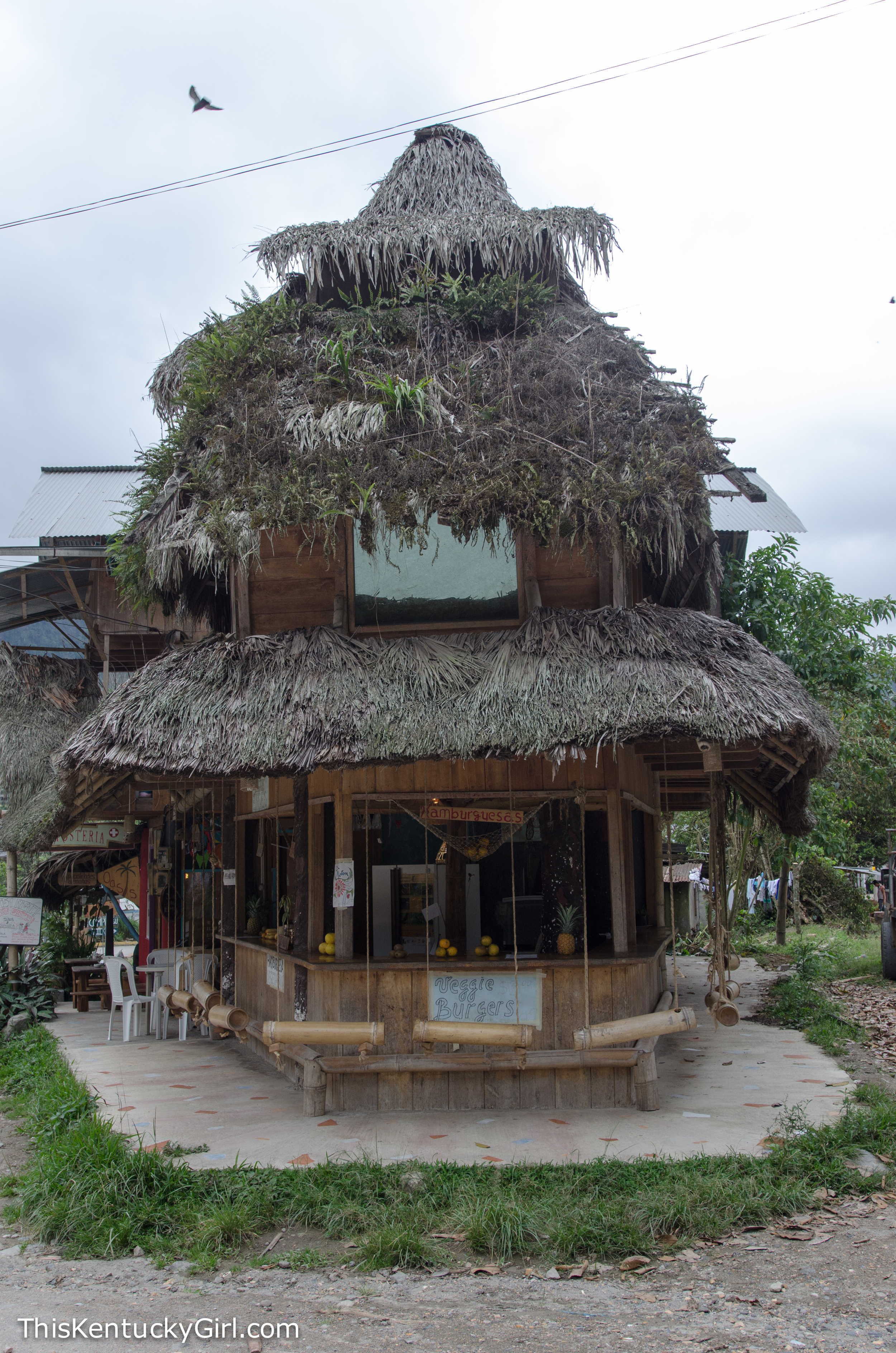
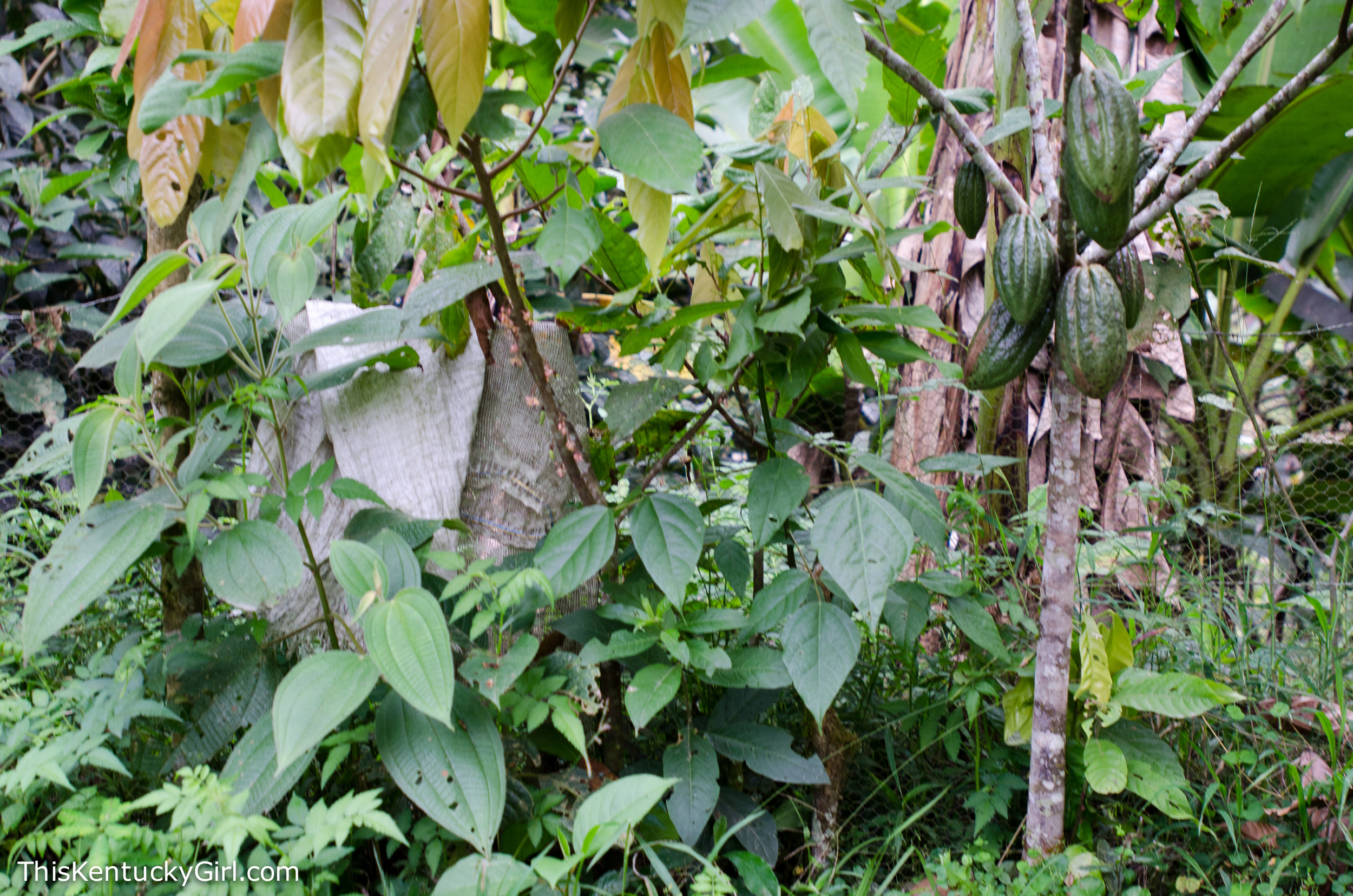

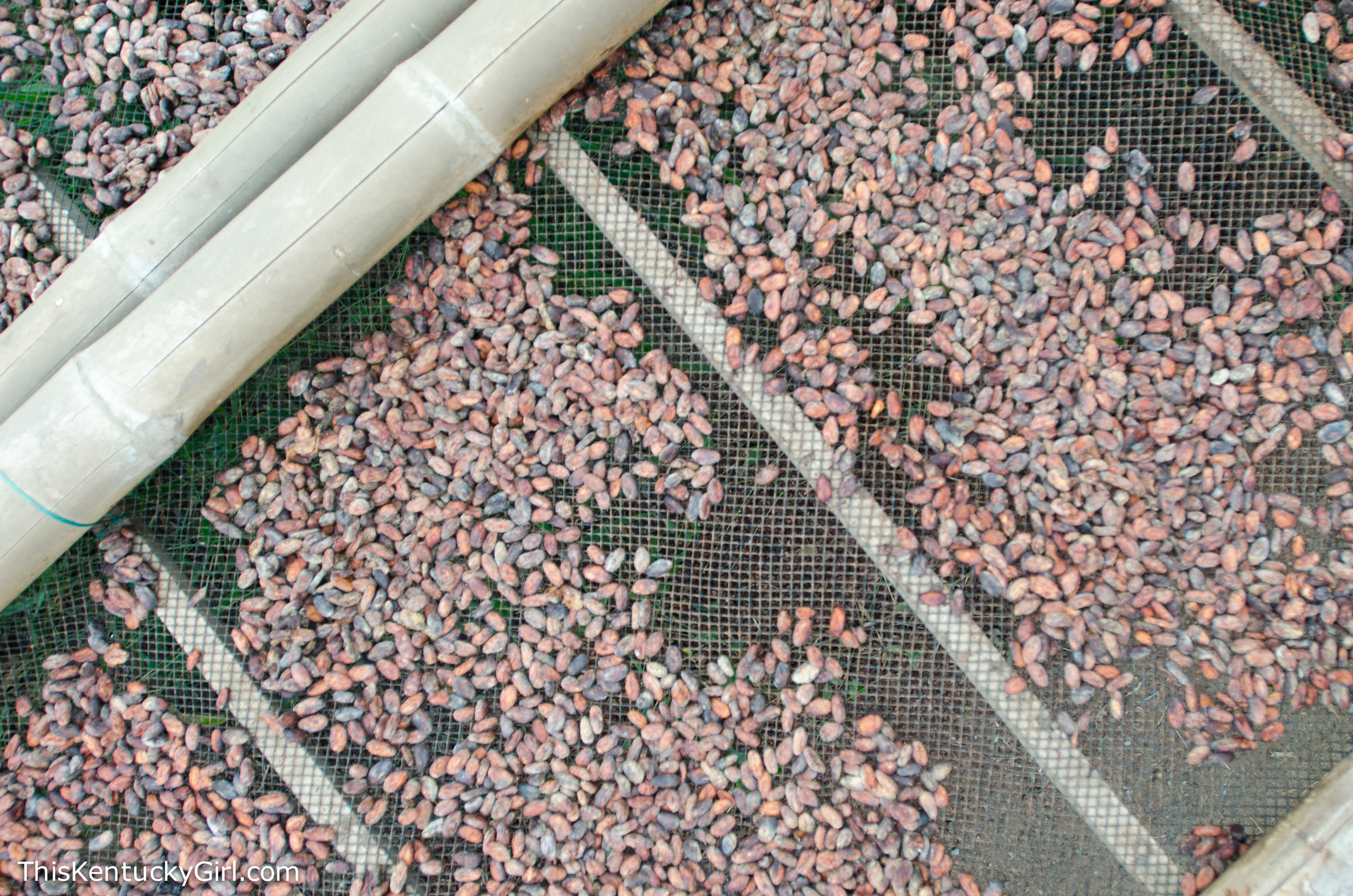
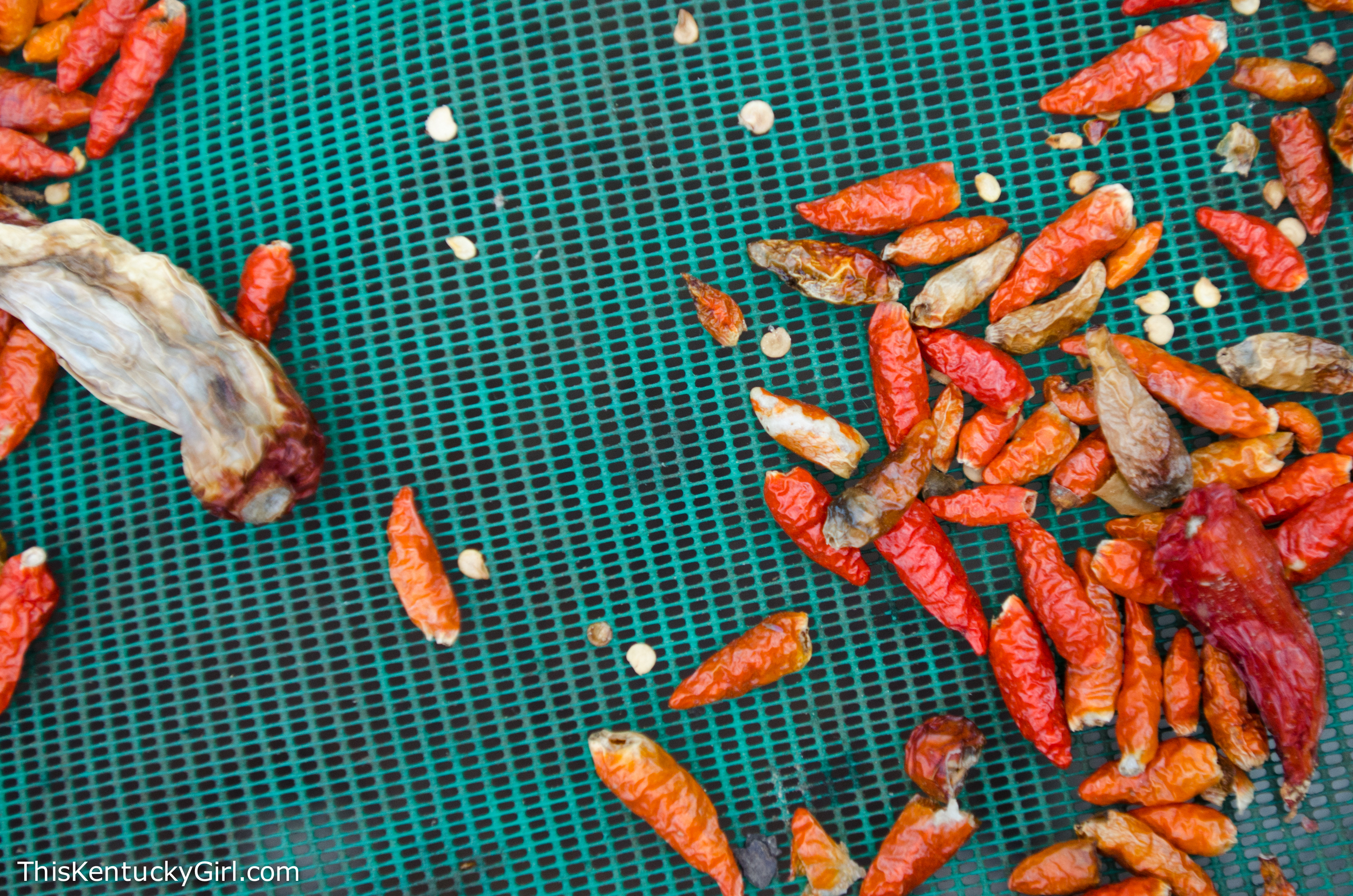
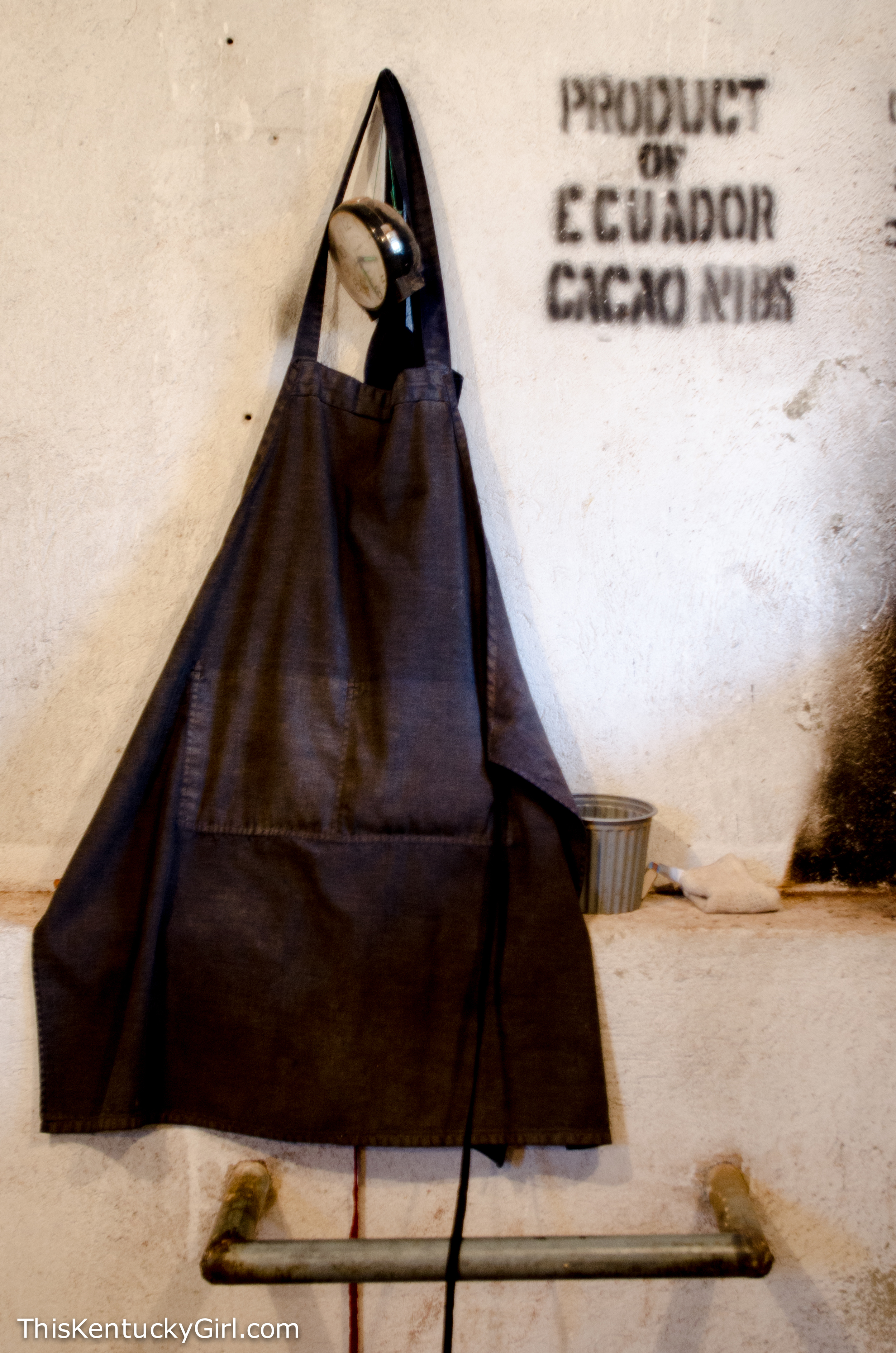
So yes, technically I’m cheating (again). We actually went to El Quetzal on Day 411, but I keep trying to spare you the long bus-rides whenever I can. Our bus ride wasn’t so bad from Quito to Ecuador, but a post about chocolate is so much sweeter! When we showed up at El Quetzal, we thought we were going to be indoors the entire time, in what we assumed was a more traditional factory like setting. We were wrong. The “factory tour” was mostly held in the garden where we saw cacao trees (above), banana trees (below) and so much more. It was great, but had I known we were going to be in the garden the majority of the time… I definitely would not have shown up in shorts. The sandflies were out. of. control. and by the time we got back to our hotel, my legs were covered in bites (more like welts) and I was suffering.
After the garden tour, we peeked into a few different rooms of the “factory” and learned more about the process of making cacao beans into chocolate- chocolate as we know it today (oftentimes with milk and sugar). We watched the paste being mixed and then readied to pour into molds. We tasted straight up chocolate without any additives. It was bitter. Then we added sugar, then we added chillies, and we even added vinegar to the bitter chocolate giving it different flavors and textures. It was interesting, a little redundant after our visit to the Choco Museum in Cusco, but nice. We even made it through the entire tour in Español as well! A group of American students were in the middle of a semester abroad in Quito and wanted to practice. We didn’t have much choiceindulged them. Despite loving the chocolate (with chillies was my favorite) and wanting to get some to bring home, traveling so close to the equator with a few bars didn’t seem wise. American chocolate might pale in comparison, but I have a weakness for those mini squares of Dove Dark. I guess I can wait until we get home (in the middle of winter) to purchase a bag of chocolate!
